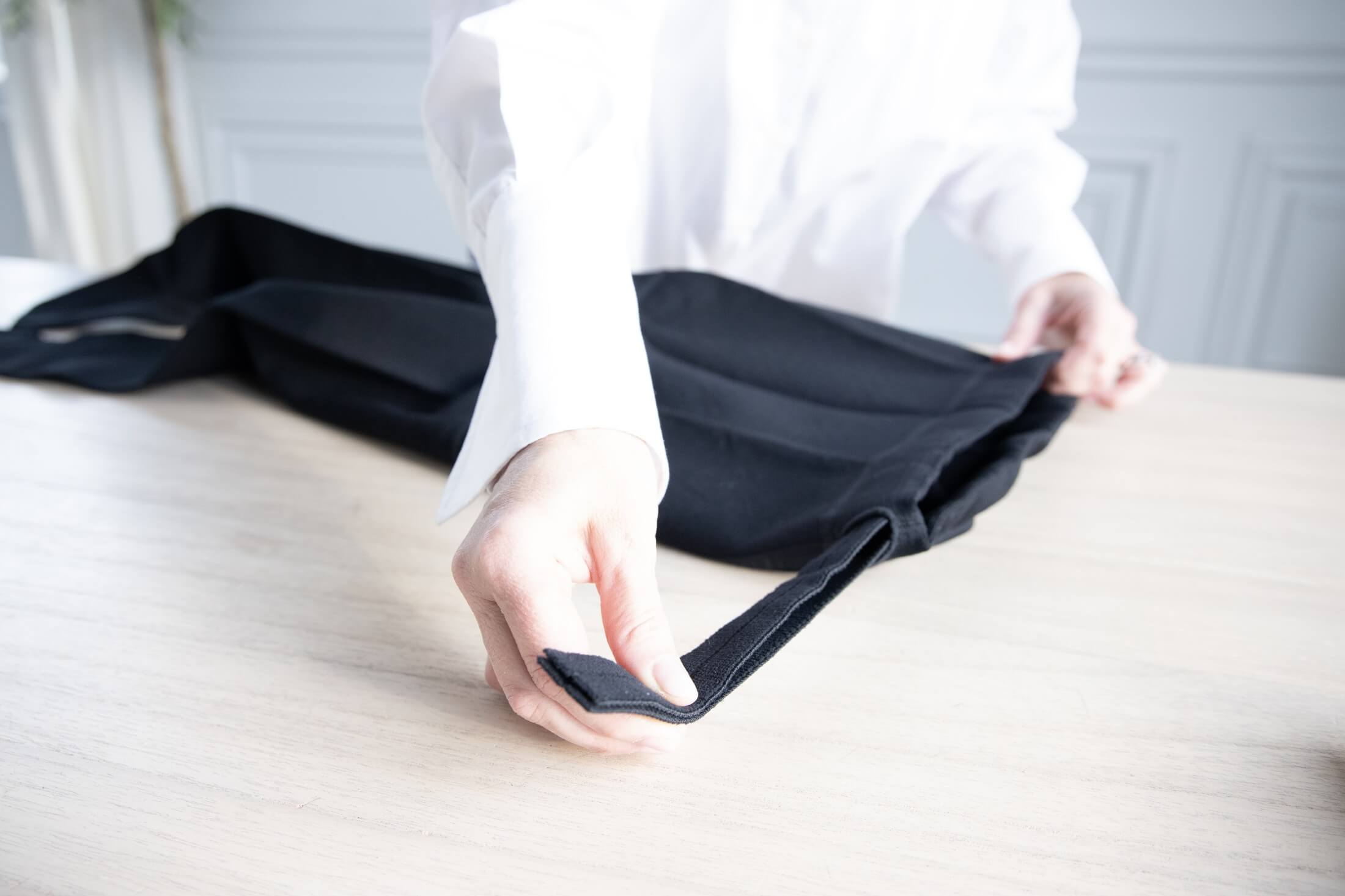Your Comfort and Health Start with the Right Fit
Getting the right fit for a compression garment goes beyond comfort, it’s about making sure you have the support your body truly needs. A garment that’s too tight can cause irritation or restrict your movement, while one that’s too loose won’t deliver the benefits it’s designed to provide.
At Care-Med in Toronto, a compression fitting is a relaxed, personal appointment where we take the time to understand you. We’ll talk about your daily routine, your health needs, and what you hope to achieve from wearing a garment.
Some people come to us after surgery, others are managing ongoing conditions, and many are simply looking for relief from swelling or fatigue during travel or long days on their feet. Our aim is to help you find a garment that feels good, supports your health, and fits naturally into your life.
What to Expect During Your Appointment
When you come in for your fitting, we’ll start by discussing your medical history, current symptoms, and treatment goals. This conversation helps us recommend the right garment style, material, and compression level for your needs.
You’ll have the opportunity to try different options and see what feels best. We’ll show you how to put on, take off, and care for your garment so it lasts longer and stays comfortable. We’ll also answer any questions you have about insurance coverage, ongoing use, or replacing your garment over time.
Our Commitment to You
With over 18 years of experience, Care-Med is known for providing personalized care that puts your comfort and health first. We understand that every body is different, so we take the time to listen, explain, and work with you to find a garment that gives the right balance of fit, support, and comfort.
If you’ve never worn compression garments before, or simply want to be sure you’re getting the best fit and support, a professional fitting is the best place to start. You don’t need a physician’s referral to book, and most extended health plans or workplace benefit programs cover the cost of compression garments with a prescription.
We can guide you through the paperwork and make sure you have everything needed to submit for reimbursement. For added convenience, we offer direct billing with some providers and keep detailed records of your garment history so refills and repeat fittings are simple. Our goal is to make the process as stress-free as possible so you can focus on feeling better.

Request a Compression Garment Fitting?
Consultation
We start with a one-on-one consultation to understand your needs. Whether it’s for swelling, circulation, or a medical condition, we’ll gather details about your health and lifestyle to recommend the right compression garment.
Measurement and Assessment
Our specialists take precise measurements of the area needing compression to ensure a perfect fit. We’ll also discuss material and style options to match your preferences and needs.
Personalized Fitting and Guidance
Once your garment is selected, we’ll ensure it fits properly and show you how to wear and care for it. You’ll leave ready to use your garment for maximum comfort and benefits.
What Types of Compression Garments Are Available?
Compression garments come in many forms, each designed to support different parts of the body and address specific needs. Choosing the right type depends on your condition, comfort, and daily activities.
Garment Fittings
Personalized Compression Solutions
A professional compression garment fitting is designed around you, your body, your condition, and your comfort. During the fitting, a specialist will take precise measurements and guide you toward the garment style, size, and compression level that will provide the best support and therapeutic benefit. The goal is to ensure you leave with a garment that not only fits well but also works effectively for your medical or lifestyle needs.
Compression garments come in many forms, each designed for specific areas of the body and different stages of recovery or ongoing management:
Lower Body Garments
Upper Body Garments
Specialized Garments
Find Your Perfect Fit
Let our specialists help you choose a compression garment that feels comfortable, fits properly, and supports your health. From socks and stockings to sleeves and specialty garments, we’ll guide you to the right solution so you can feel better, move easier, and live with more comfort every day.













